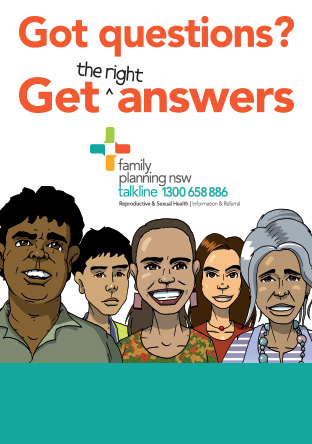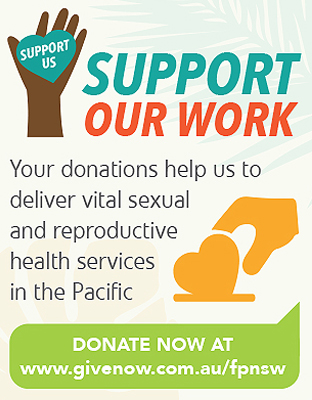Teenage pregnancy
Reference
Mann, L., Bateson, D., Black, KI., 2020, Teenage pregnancy, Journal of General Practice, 49(6) 310-316Pre-pregnancy Planning and Healthy Pregnancy
Most healthy, fertile couples become pregnant within the first 12 months of trying. Every month that a couple is trying to become pregnant there is about a 20% chance of a pregnancy. Women over 35 can take up to twice as long to become pregnant. You can increase your chance of becoming pregnant by having unprotected vaginal sex about three times a week before and at ovulation (the time when you are most fertile and an egg is released from your ovaries). For more information on when to have sex, see our fact sheet on maximizing natural fertility. See your doctor for advice if you have not become pregnant after trying for 12 months (or 6 months if you are over 35 years of age).
The Guttmacher–Lancet Commission on sexual and reproductive health and rights: how does Australia measure up?
Reference
Deborah J Bateson, Kirsten I Black and Shailendra Sawleshwarkar, 2019, The Guttmacher–Lancet Commission on sexual and reproductive health and rights: how does Australia measure up?, The Medical Journal of Australia, Volume 210, Issue 6 250-252Maximising Natural Fertility
Today people often leave plans for pregnancy until later in their adult lives. This is different to previous generations. Women are naturally more fertile in their 20s than their 30s but women are more often having children when they are aged 30-34 years old. Media reports of female celebritieswho get pregnant in their 40s or later can lead people to think that getting pregnant later in life is easy. In real life it can be difficult.
Unplanned Pregnancy: Abortion
This fact sheet is for women who are experiencing an unplanned pregnancy and want information about abortion. Abortion is when a pregnancy is terminated (ended).
Yarning About Pregnancy Options
This resource was designed for Aboriginal and Torres Strait Islander women who have an unplanned pregnancy and are unsure of what to do. This culturally safe booklet uses a friendly conversational style and includes information about the options available, issues to consider, where to go for support and tools to assist decision-making.


